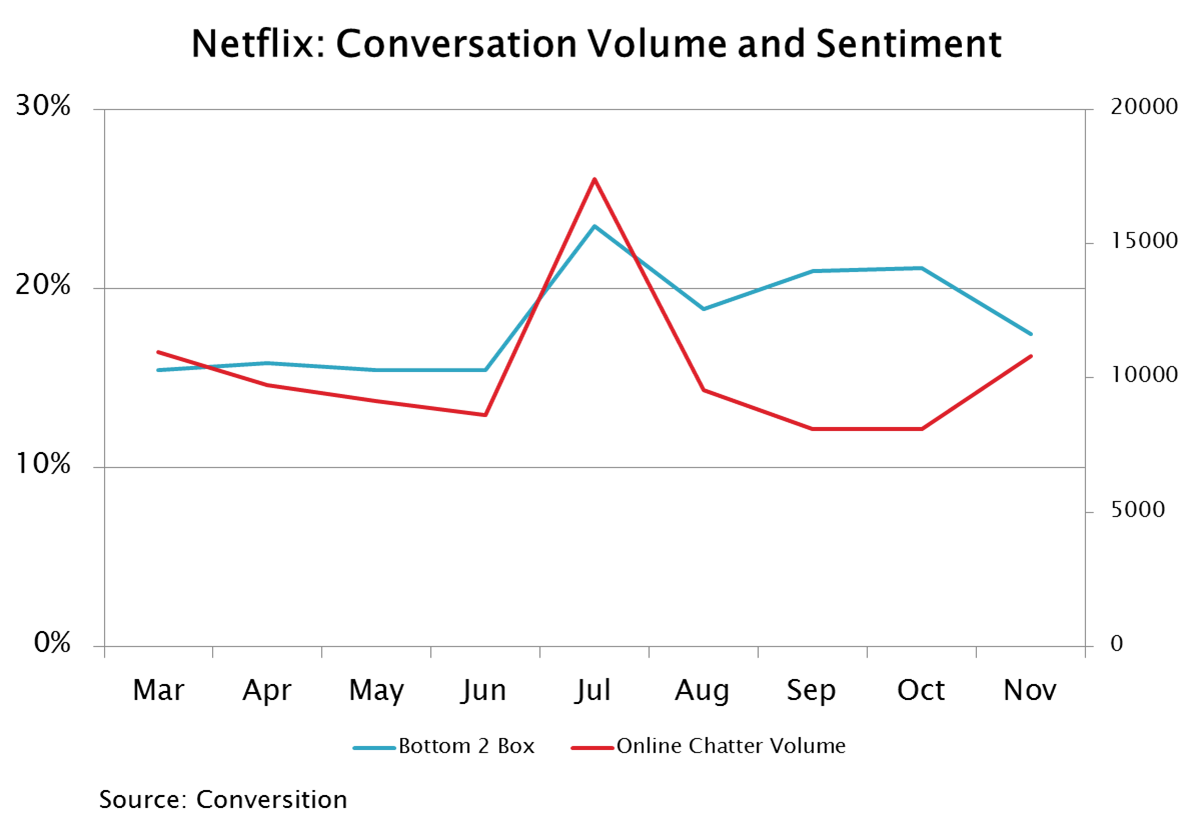Like a CSI episode, where the evidence at first is invisible but then magically becomes apparent to the talented investigator throughout the crime scene, the forensic evidence about what consumers want and what keeps them up at night is right there in their shopping cart and their digital behaviors.
We have entered the era of forensic insights and marketing research surveys alone will not be enough.
Why is this the age of forensic insights? Why not 20 years ago? If we go back in time, there was no organic visibility into the consumer brand relationship. You needed a survey or a focus group. Yeah, people talked about your brand, but it was over the phone so there was no social media trail of breadcrumbs. Yeah, people planned their shopping trip but it was with newspapers, not via digital searches, downloads, and mobile price comparisons. Yeah people developed loyalties but no one liked a brand on Facebook or followed it on Twitter where you could see a rich panorama of everything else your loyal consumers cared about or talked about.
In a digital age, marketing action, consumer self-directed behaviors, and insights all come at you at once. The same digital data streams give you insights never before imagined and the ability to instantly convert that into in-flight marketing action. Sense and respond. What were the complaints about research? Too slow, not actionable, told me what I already knew…those complaints can be washed away by a digital data river but only IF you take advantage of it.
What is the proof that data and analytics make a difference? That is how DunnHumby helped Tesco to become number one in the UK, by analyzing massive frequent shopper databases. That is how Facebook is changing the way that advertising is placed, by targeting behaviors and interests rather than demographics. And then there is the negative example. Most recently, Netflix did not react well to a groundswell of organic outrage to their change in subscription plans. If you look at the following chart from Conversition, you will see that there was a huge peak in conversation when the plan was announced and it was mostly negative.  If you look at Google trends, you will see that it took the wind out of the sails of their trademark search volume, which is probably the number one forensic measure of brand health.
If you look at Google trends, you will see that it took the wind out of the sails of their trademark search volume, which is probably the number one forensic measure of brand health.
Speaking of brand health, those of us who have conducted trackers or attitude and usage surveys know how maddening it can be to see one big halo effect across all attributes. The big brand beats the small brand on all attributes and the researcher pulls out all of their indexing tricks to make sense out of nonsense. Digital data does not look like this at all. The KPIs of success in a digital age are different from traditional marketing and they do not have the same choreography. They are actually telling you different things. In surveys, if you have a sample of 1,000, you will get 1,000 opinions about a brand on each attribute whether they think that way about the brand or not. In social media, if they do not think of the brand that way, no one talks about it that way in Twitter and Facebook.
Because the research and insights function must develop a deep understanding of digital data’s insights possibilities, I have co-founded with Judah Phillips, digital analytics ninja, a community called the Analytics Research Organization (pronounced “arrow”.) Its mission is focused and unlike the mission of any other group. We will bring together analytics from research and web analytics to achieve the digital marketing promise of being the best thing that ever happened to insights that lead to brand growth and durable brand to customer relationships.

